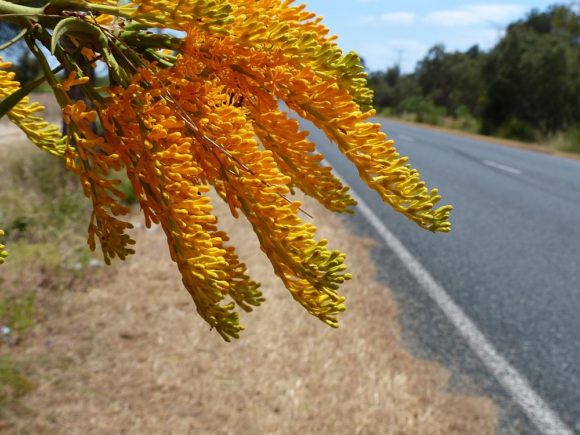
While walking through the Roe 8 reserve, recently, with a Member of Parliament (MP), we all agreed that knowing about the Australian Bush is a key element in building Australia’s national identity.
‘The Bush’ is not an easy thing to get to know, though, and many Australians are not only unwilling to learn more about it but are truly afraid of it. We sense the bush as if “it might have reached a long black arm and gripped us” – to put it in the words of DH Lawrence.

When the first European settlement of Western Australia began in 1827, for the most part, the settlers showed little interest in the bush that surrounded them. Instead, homesick Europeans started immediately to clear away the local vegetation. They tried to reinstate the things the way there were back on old continent. As a result new colonies in Western Australia nearly starved through failing to understand the local soils and landscapes and trying to farm using British methods. English-style gardens and European culture still dominated the hearts and minds of early settlers. The striking Nuytsia floribunda (WA Christmas Tree) was named as late as 200 years after Pieter Nuyts sailed around the south coast of WA en route to Batavia in the Dutch East Indies (1627).
Presently, although there are only few little islands of remnant bushland left in WA, the land clearing goes on. One of the greatest Nuytsias found on Swan Coastal Plain is being felled for an extension of another Highway – it does feel like our present government still has a 19th-century mindset.

I do hope that the Aussie nation will open its eyes to that rich source of stories, knowledge and identity found in the local bush before we turn into a mindless mass of consumers.
Author @PWaryszak
